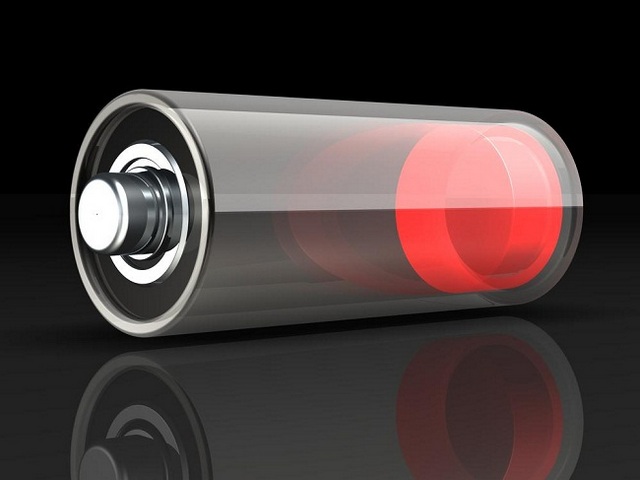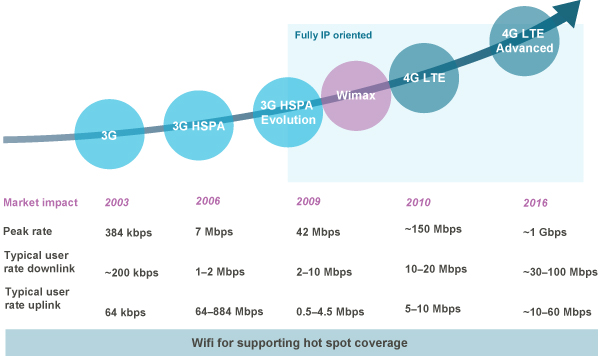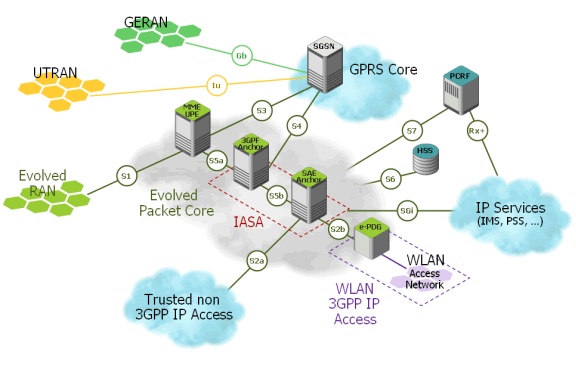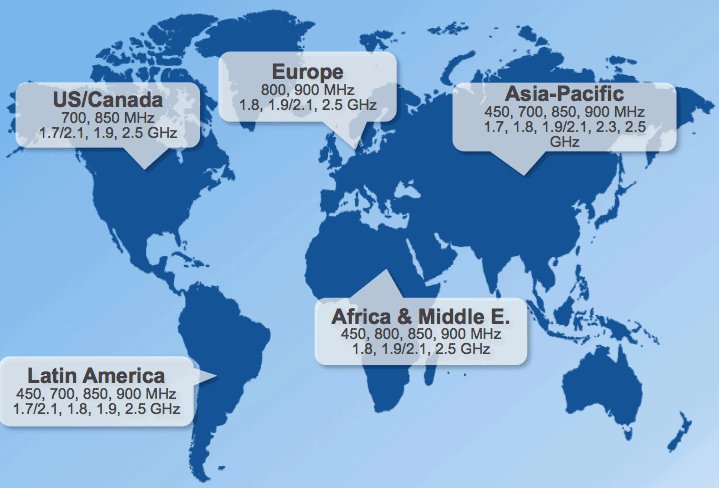
Apple iPhone 5 LTE Frequency Limitations: Are You Going to Buy One?
Apple iPhone 5 will not support all LTE networks in Europe, Asia and other parts of the world. iPhone 5 comes with many good but there are some bad news came with the most awaited product of 2012. Apart from maps (At least there is one working version), iPhone won’t support all the LTE frequencies in Europe market. Apple iPhone (more ..)






